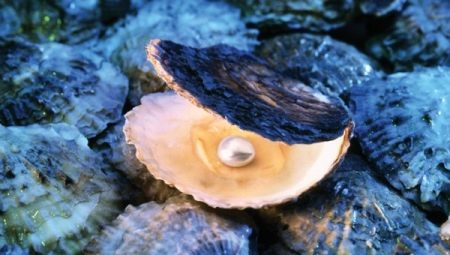A favorite stone of many connoisseurs of beauty is delicate pearls. It is often used in the manufacture of beautiful jewelry. However, it is far from always that a stone given out as a natural pearl turns out to be real. There are many fakes on sale, which at first glance it is not so easy to identify. Today we look at ways to distinguish natural pearls from its well-made copy.
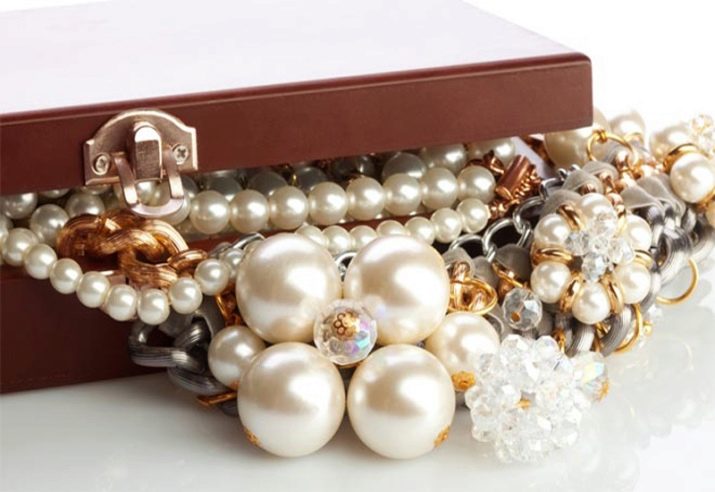
What you need to know about natural pearls?
Jewelry made from natural pearls belongs to the category of luxury and are expensive. This beautiful stone is divided into several varieties, each of which has its own characteristics.
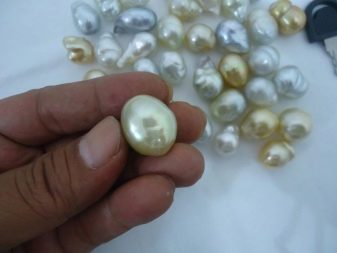
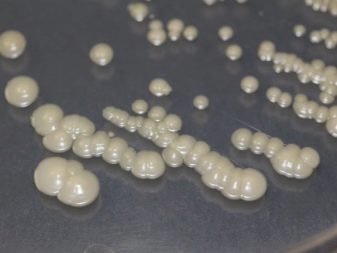
Get acquainted with them.
- Sea pearls. This stone of marvelous beauty has a perfect rounded shape and has an attractive sheen. The life cycle of this beauty is on average 10 years. In the sink, the stone matures for several years. From 1 to 3 pearls can be formed in one shell.
After a short period of time, sea stones begin to slowly lose their brightness and characteristic luster, as a thin pearlescent layer begins to fade. The color of such pearls is not only white, but also brighter, and even rough black.
- Freshwater. Pearls of this kind are obtained from mollusks that live in rivers and lakes. The number of mother-of-pearl stones in one sink can vary from 12 to 16 pieces. They have a dimmer color, their shine does not strike the eye, being muffled.The shape of such pearls can vary greatly.
There are not only round, but also oval options (they are the most common). These stones are resistant to abrasion, as their mother-of-pearl layer is deeper and denser. The hue of the layer is most often milky. River pearls are not pink or black.
Since the cost of wild pearls is very significant, a natural cultured stone can serve as an alternative.
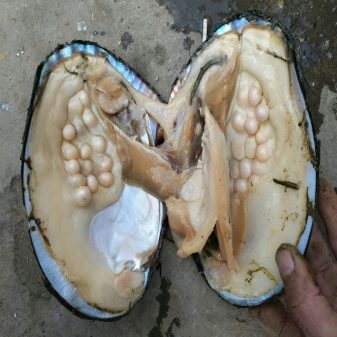
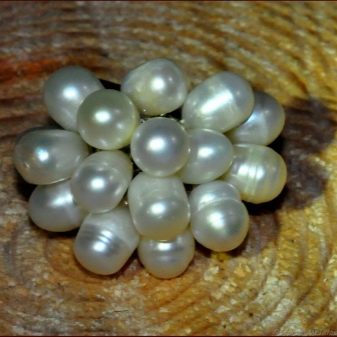
The processes of the formation of wild stones and the cultivation of their analogues are identical to each other. The difference lies only in the fact that in one case the appearance of pearls is provoked by alien individuals from the side, and in the other - by a person.
Counterfeit Options
There are several types of fake stones made by man and presented as a natural wild product.
Artificial stones are often given out as natural. If they are made well, then distinguishing them from wild pearls can be very difficult.
Consider several types of artificial pearls, which are most often used in the role of imitation of real stone.
So, the most famous pearl of artificial origin is Majorica. This type of stone is rightfully recognized as one of the most spectacular and beautiful. This species is very common.
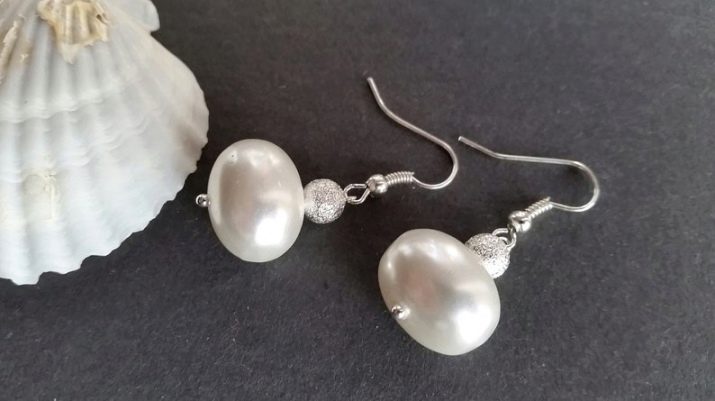
Otherwise they call him "orchid". They have been making such beauty on the famous island of Mallorca for 120 years. These stones are based on porcelain or alabaster balls. Finished beads are difficult to distinguish from wild pearls.

Also exist Parisian and Venetian types of pearls. The technologies for their production have been developed for a long time. Make french pebbles from blown glass filled with wax or paraffin of the desired color.
The Venetian technology has much in common with the method of making beautiful French pearls, so it is relevant and in demand no less. With this method, the balls are also made of blown glass, but with the introduction of wax and special pearl dust.
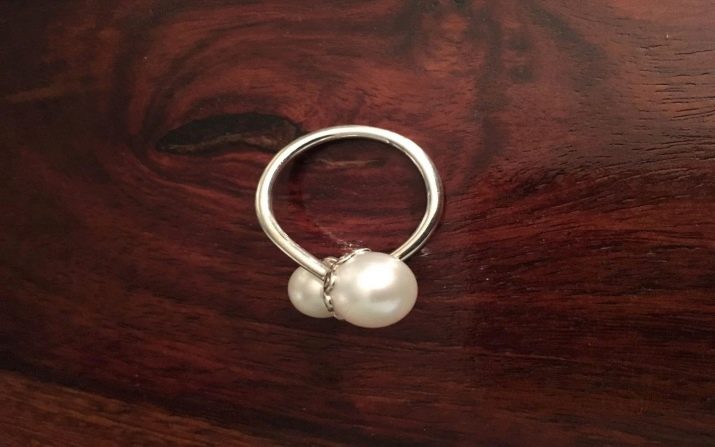
The most modern copies of natural pearls are stones made using special shell technology. It was developed in the USA, but managed to become famous in all countries of the world. In accordance with it, varnish layers consisting of polymer elements and mica, titanium oxide and carbon lead are applied to the pearl ball.
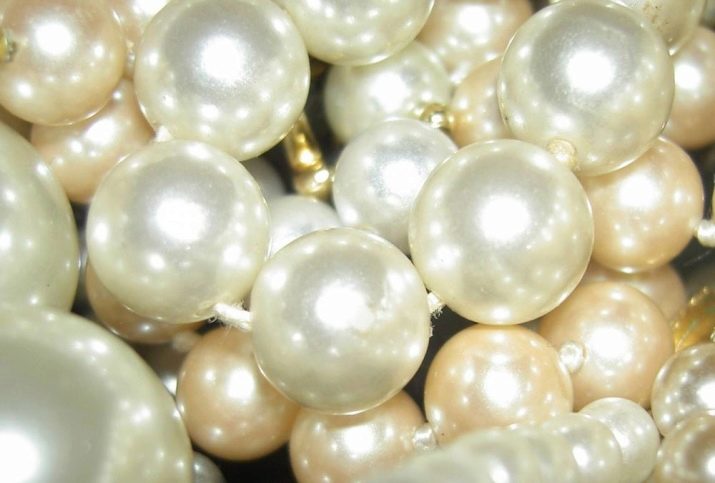
It looks beautiful and natural Roman pearls. They make it from hollow glass parts filled with paraffin.

The way to create such stones was invented in the Middle Ages, but at that time the method of work was more crude. A little later, special essences from fish scales began to be applied to cover the basics.
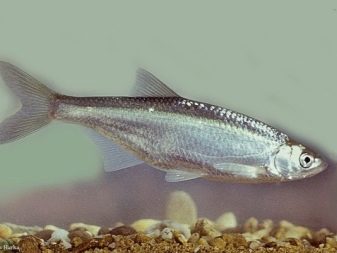

Thanks to this technique, the appearance of artificial pearls becomes more attractive and noble. Properly made Roman stones are not easy to distinguish from natural pearls.
You can also find imitation pearls on sale. plastic. Such details are most often used to complement various jewelry items.
They are frankly cheap, as they look. Confusing natural pearls with plastic is not difficult.
Authentication Methods
You can distinguish artificially bred stone from natural stone yourself. This can be done at home without unnecessary costs and waste of time. Consider what methods of determining the naturalness of pearls exist.
Visual
First of all, when checking the quality of a stone, people rely on visual methods of verification. During these procedures, it is required to evaluate certain appearance factors related to the stone.
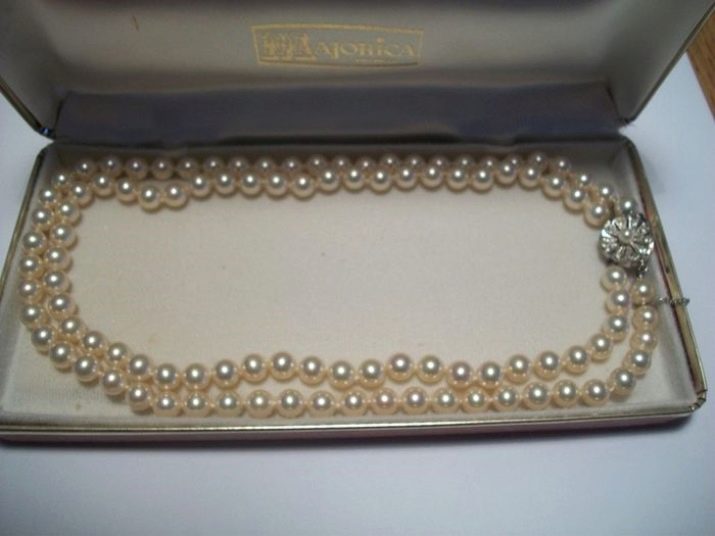
It is necessary to look closely at shape, surface finish and weight of the pearl.
The shape of natural stone in most cases is slightly irregular. It should not be ideal and without flaws.
Pearls are slightly elongated, elliptical, ovoid and even pear-shaped. As for stones of perfectly round cross section, they are not found as often as it seems to many people. Basically, they are complemented by rings and earrings. Most often these are cultured gems.
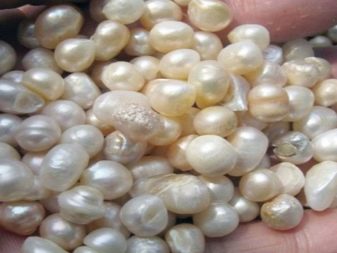
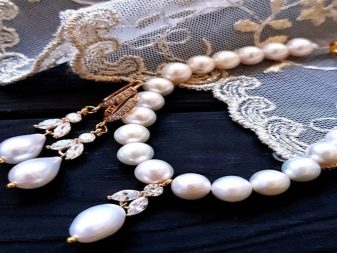
Perfectly shaped wild pearls are very expensive. It is often auctioned, as are luxury large diamonds.
If you are offered beautiful catchy beads, consisting only of regular spherical pearls, the cost of which is less than several thousand rubles, then this will mean that you have a fake jewelry. Even cultivated perfectly round pearls will not be cheap.
The hue of the beads can be snow-white, pink, yellowish, silver, green, blue, purple or black.
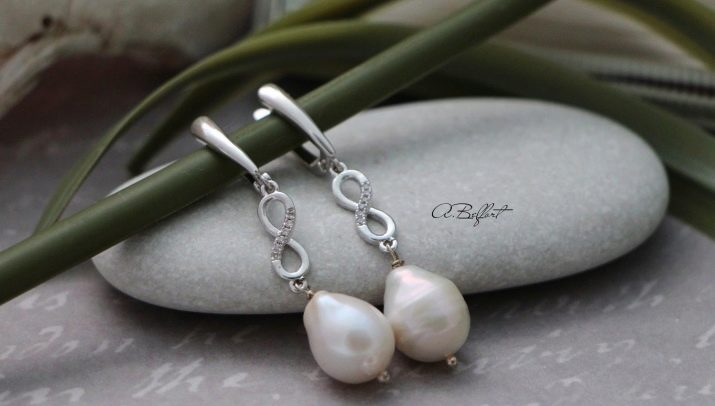
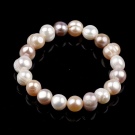
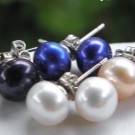
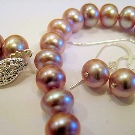

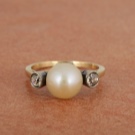
The farther the color is from white, the brighter the color of the product will be, and the more expensive it will cost.
As for the surface of pearls, then in natural stone it will always be the smallest uneven and slightly rough.
In addition, spots that have shine will be noticeable on it. The mineral of natural origin is characterized by a heterogeneous color. By this factor, you can also determine the naturalness of the stone - the color of a fake pearl will always be uniform.
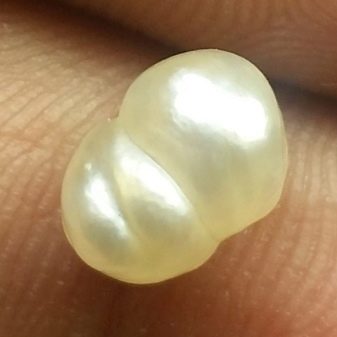
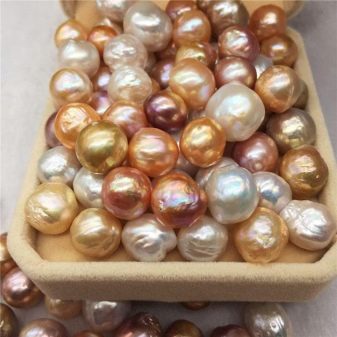
If there is a reamer on the bead, then it is worthwhile to look under the magnifying glass at the edges that are located near the hole made. If a darker nucleolus is seen there, then the stone is a fake.
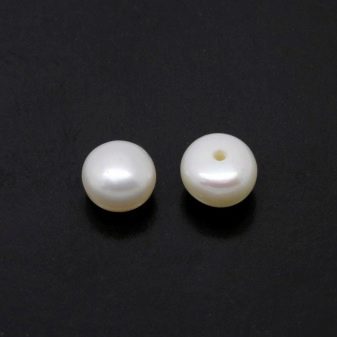
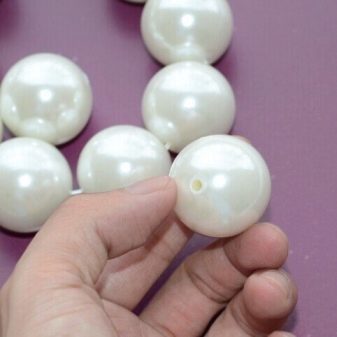
In addition, near the hole you can see small scratches on the paint or smudges. You should use a magnifier to distinguish the spots that are on the dye.
The pearls that have undergone radiation processing, acquires an interesting dark ash or even dense black color.
In this way, an imitation of a spectacular black sea pearl is made, which is one of the most valuable. In this way, more expensive sea pearls are made from cheap river stones.
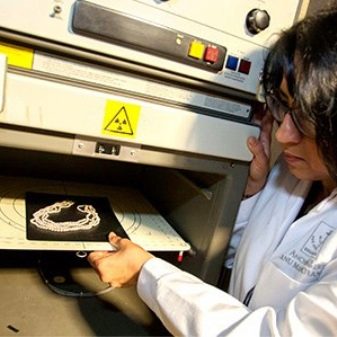
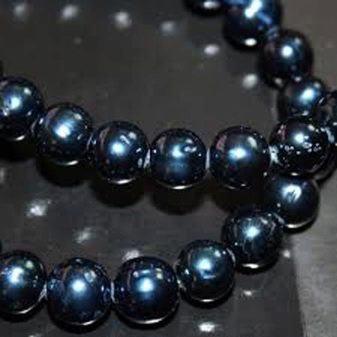
Should pay attention to weight pearls. Similarly, it will be easiest to check prefabricated items, such as beads, necklaces or bracelets. They should not be the lightest and differ in impressive mass, because pearls are a rather heavy mineral. The more stones there are on the thread, the heavier the whole jewelry will be.
Often in stores they sell plastic beads under the guise of pearl.
If you pick up plastic jewelry, they will be very light, especially in comparison with natural minerals. Glass beads will also have a much lighter weight.
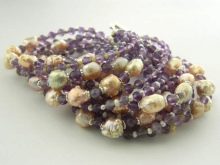

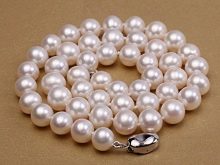
Mechanical
To check whether a real stone or fake, this method is used very often. It is based on the mechanical properties of pearls. This is a fairly dense substance, the hardness level of which reaches 4 units of Moss. Low hardness indicators allow you to check the stone "on the tooth."
If you carefully bite it, you will feel fine powder on your tongue and teeth, you will hear a creak. This is a great method to recognize a natural mineral. However, it may not work if you have the Majorca described above.
The main disadvantage of this method is that the experiment can be carried out exclusively at home, already on purchased things. In the jewelry store, such manipulations you will not be allowed.
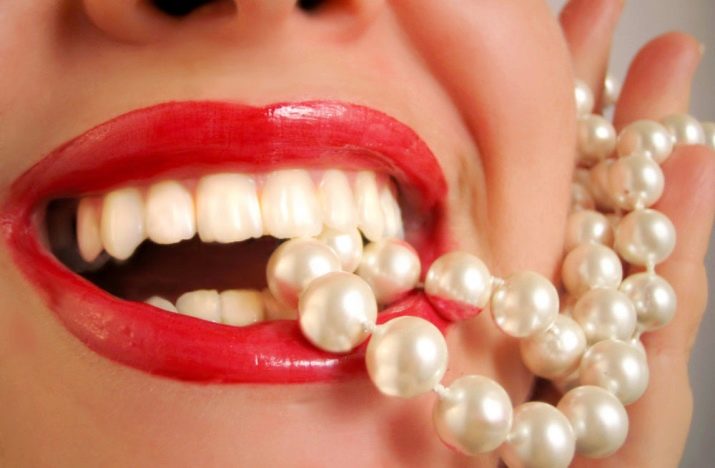
There is another mechanical method - friction. Beads must be gently rubbed against each other. As a result, a little pearlescent powder will appear.
But we must take into account that this option will not help if you have “Majorika” in front of you. This is because such stones have coatings with true mother of pearl, albeit of non-natural origin.
You can check the pearls on strength. The bead will need to drop on a hard surface. If the material is natural, it will not leave very large traces of impact, for example, dents or scratches. Damages noticed on natural stone can be easily smoothed out with a finger.
On the glass or plastic parts, no defects are likely to remain. Besides, plastic elements will bounce off a hard surface, like a ball. This cannot be with pearls.
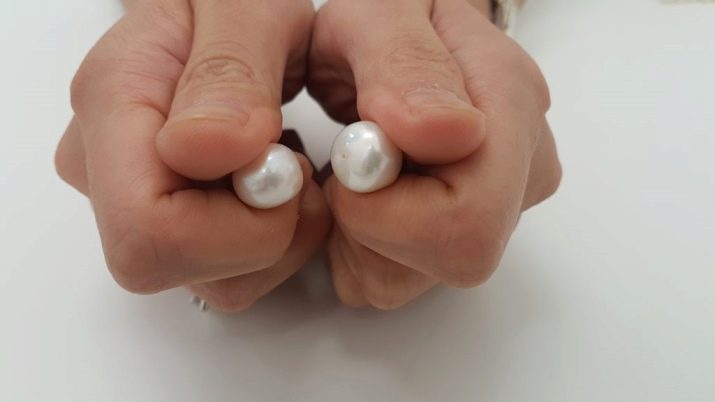
Chemical physical
These methods of verifying the origin of pearls are based on certain chemical properties of the mineral. For example, real pearls are characterized by low thermal conductivity - Very slowly heated, like most other natural stones.
A pearl necklace or necklace will feel cold on your skin. If the jewelry is made of glass or plastic, then it will quickly heat up, in contact with the human body.
If at least the slightest doubt arises in the authenticity of the chosen thing, You can arrange with a familiar radiologist. He will allow you to place the accessory in the x-ray machine. This method can only be carried out with respect to one bead, and not all at once, because under irradiation conditions these elements can turn black. The picture taken will make it possible to understand what the internal structure of the material is: the number of layers, the density level, the presence of the nucleus and other features.
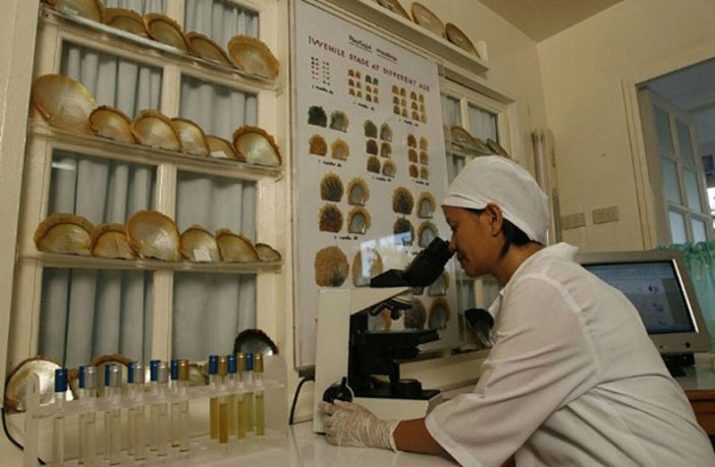
If you put a stone in the fire, then in a couple of minutes there should not be any serious changes with it. If the bead is made of plastic, then it will quickly melt. Glass parts burst under the influence of fire.
Identify the authenticity of pearls will help vinegar. It is necessary to put a stone in it and preferably only one, as in the case of x-rays, since vinegar can quickly dissolve all beads. If in front of you is "Majorika", then after being placed in vinegar, only a simple core of glass will remain from it. With imitation of plastic or glass, no changes will occur.

Formal
In this case, the methods of checking stones themselves are not meant. By formal methods, you will insure yourself against fraud on the part of the seller.
The main factor that you will need to pay attention to is this is cost of goods. A natural product is bound to be expensive. Even those minerals that are not particularly valuable will not cost less than several thousand rubles. This is very important to consider. If you are offered something cheaper, then most likely it will be a product made of plastic or glass.
It is recommended to buy pearl jewelry in reputable jewelry stores with a good reputation.
When buying such an accessory, it is advisable to request quality certificate and familiarize yourself with it in detail. This way you protect yourself from buying fake things.
To find out if the stone is natural in front of you, you can contact a specialist. True, this can be done with an accessory already purchased. So you can make sure that you bought a natural thing or find out that it is not such.
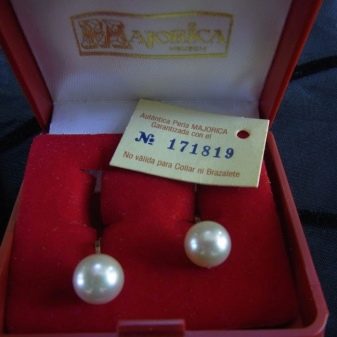
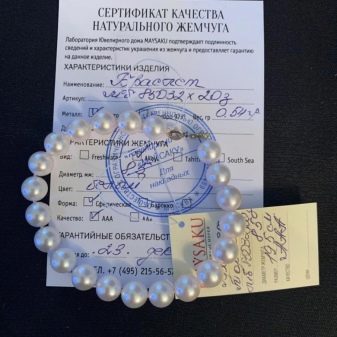
What to look for when buying?
If you decide to purchase pearl jewelry in the jewelry salon, then when you select it, you will need to determine the naturalness of the stone. The following options should be considered to select a quality accessory.
- Pay attention to the cost. As mentioned above, natural stone will not cost too cheap.
- Hold the decoration in your hands. If it seems too easy for you, then you should not take it - it is fake. Real pearls have an impressive weight. It is difficult to confuse it with plastic or glass in matters of weight.
- Take a look at the shape of pearls. They must have different shapes and sizes. There cannot be absolutely identical stones in a necklace or bracelet if the accessories are made of natural mineral.
- Pay attention to the sparkle of the decoration. Natural stone shines beautifully and brightly. If the pearls are faded, then this is a fake.
- Examine the surface of the selected product. Natural stones will be rough.
- Hold the little thing in your hands. If it immediately heats up and becomes warm, this will mean that an artificial mineral was used in its manufacture.Real pearl jewelry will only be cold.
- Be sure to request a quality certificate for the selected product, even if the thing looks perfect and there is no doubt in its naturalness.
Specialist recommendations on what to look for when choosing pearl jewelry can be found in the following video.
